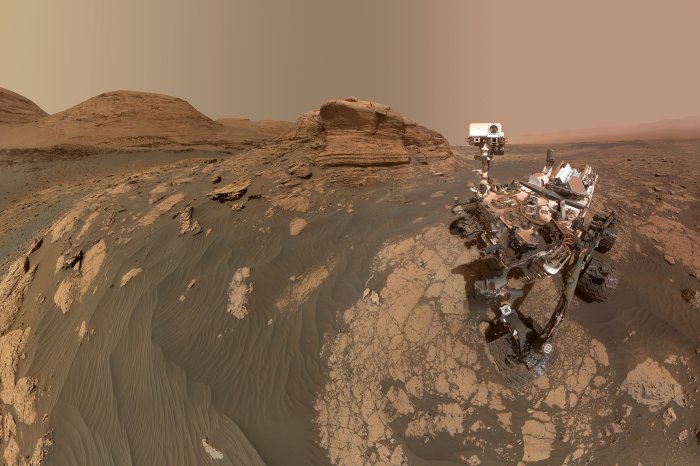1 of 5 | Engineers install the Mars Oxygen In-Situ Resource Utilization Experiment (MOXIE) into the chassis of Mars rover Perseverance on March 20, 2019, at NASA's Jet Propulsion Laboratory, in Pasadena, Calif. Photo courtesy of NASA
ORLANDO, Fla., April 21 (UPI) -- A machine has produced oxygen for the first time on another planet, NASA announced Wednesday.
The Perseverance Mars rover's MOXIE science experiment, which stands for Mars Oxygen In-Situ Resource Utilization Experiment, produced the oxygen Tuesday at Jezero Crater.
The successful test Tuesday is a first step toward producing oxygen for rocket fuel and breathable air in deep-space exploration, Jim Reuter, associate administrator for NASA's space technology missions, said in a news release.
"The results from this technology demonstration are full of promise as we move toward our goal of one day seeing humans on Mars," Reuter said.
"Oxygen isn't just the stuff we breathe. Rocket propellant depends on oxygen, and future explorers will depend on producing propellant on Mars to make the trip home."
The oxygen experiment adds to a growing list of firsts accomplished by the Perseverance mission, which include testing a new landing method when it arrived at Mars on Feb. 18 and flying the first controlled aircraft on another planet, the Ingenuity helicopter, on Monday.
The Martian atmosphere is about 96% carbon dioxide, which would quickly kill a human who tried to breathe it.
MOXIE pulls in the Martian air and separates the carbon molecules from the oxygen molecules, according to NASA, partly by heating the gas to 1,470 F. The unit expels the waste carbon monoxide back into the Martian air, leaving only oxygen.
The first test produced about 5.4 grams of oxygen, "enough to keep an astronaut healthy for about 10 minutes of normal activity," according to NASA's press release.
Rockets frequently burn liquid oxygen, but would need about 55,000 pounds of oxygen to be launched from Mars, according to NASA. Someday, NASA says it may send much larger MOXIE units to the planet to produce oxygen in advance of human missions.
NASA expects to produce oxygen about 10 times during the Perseverance mission, at different temperatures, locations and times of the day, Jeffrey Sheehy, chief engineer for the agency's space technology missions, said during a February press conference in advance of the rover landing.
"Ultimately, as we build up a sustainable presence first on the moon and eventually Mars, various ... processes will be used to produce propellant or construction materials or support consumable energy production," Sheehy said.
NASA’s Curiosity Mars rover used two different cameras to create this panoramic selfie, comprised of 60 images, in front of Mont Mercou, a rock outcrop that stands 20 feet tall on March 26, 2021, the 3,070th Martian day, or sol, of the mission. These were combined with 11 images taken by the Mastcam on the mast, or "head," of the rover on March 16. The hole visible to the left of the rover is where its robotic drill sampled a rock nicknamed "Nontron." The Curiosity team is nicknaming features in this part of Mars using names from the region around the village of Nontron in southwestern France. Photo courtesy of NASA/JPL-Caltech/MSSS
















